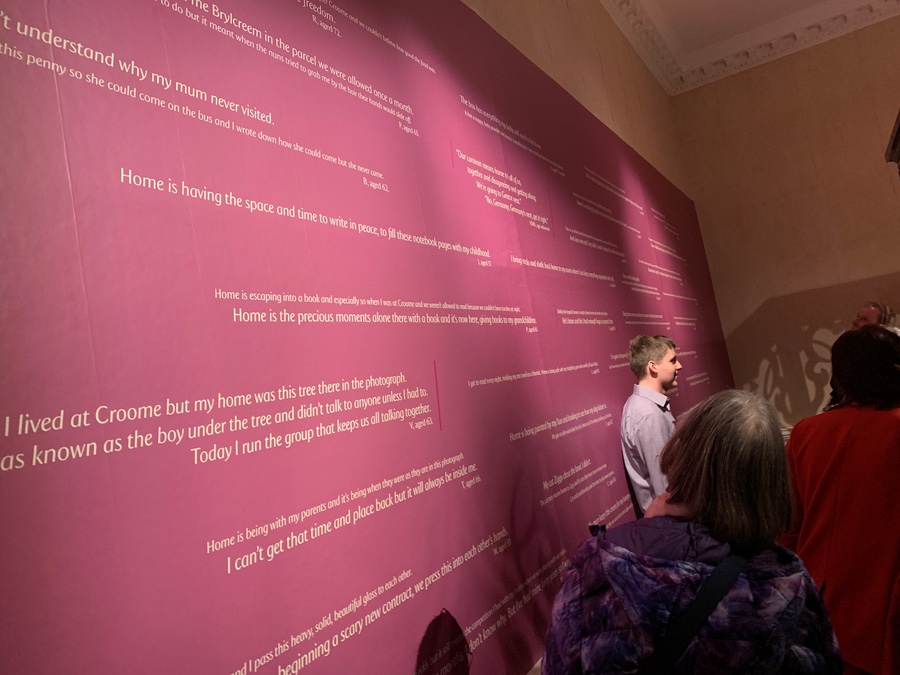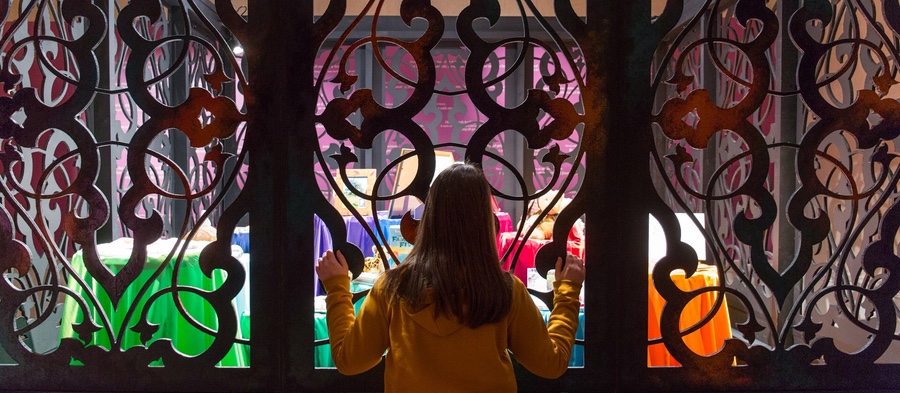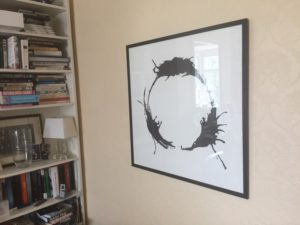I know we’re not really in a post-Trump era yet, but it feels as if we are. It feels as if not every post has to be about Trump, that he doesn’t colour everything any more, or wear everything down. For the first time in years, it feels as if we can have other concerns and even enjoy tiny, little ones.
Such as this. I don’t think I’d have had the room in my head before to notice but this week one school in America replaced all its world maps with a different design. This one school’s decision slightly narked me, slightly made me frown, and completely reminded me of a true story. It’s a story about the map they chose and ultimately it’s about one person’s ego.
When I said world map just there, you pictured what I imagine you know is called the Mercator map. Strictly speaking, it’s the Mercator projection. And what this school says it has changed to is called — if you listened to its creator back in the day and you didn’t find him as irritating as apparently everyone else did — the Peters projection.
You know this one, too. It’s the one where the world looks funny, where every country is oddly skinny.
I’m not going to name the school because I don’t know it. And I’m not going to criticise them because I hope they’re teaching their students what this all really means. It’d be good if they also taught about map gerrymandering by politicians to redraw districts so that voting favours them, which is clever and abhorrent and not the story I want to enthuse about with you today.
Anyway. The usual claim is that Geradus Mercator’s map is wrong and Arno Peters’s one is right. Mercator did his in 1569 and Peters, well, borrowed his in the 1970s. He brought this out then and shouted about it so much that quickly people pointed out to him that exactly the same idea had been done by James Gall in 1855.
It was exactly the same because it would be. These two designs, Mercator’s and the Gall-Peters one, are not paintings, they are maths. If you believe that Mercator’s map is wrong, you are correct. But the Gall-Peters one is precisely, I mean exactly as wrong –– just in a different way.
Proponents of the Gall-Peters version say that Mercator distorts the shapes of countries, that he makes ridiculous decisions that make smaller countries look as big as, well, big ones. And that their version shows every country in exactly the right size. Ta-daaaa.
The list of things I love about this started with Peters pissing everyone off so much that they searched back into the 1800s to find a way to diss him. And it continues with how that claim about Mercator’s distortion and Gall-Peters’ showing the correct sizes is simultaneously entirely true and entirely bollocks. Isn’t that wonderful? If anyone ever insists there are two sides to a story and won’t listen to you saying there are usually more, settle the discussion by pointing out that both sides can be bullshit.
I’m going to take Gall out of it for a second because by all accounts he knew what his map did and did not do whereas Peters, though he must have known, pretended it was perfect. So there’s Peters, way back in the 1970s, righteously adamant that his map has the correct sizes of every country. And if anyone should point out that the sizes are right but the shapes are not, he’d point to someone else and say “Next question.”
It is not possible to have a flat map of the world that doesn’t have something wrong with it. If you want a correct map, buy a globe. The act of transferring a map from a sphere to a flat surface is an art, sure, but it’s chiefly maths. It’s called projecting the globe onto the map and you have to make certain decisions about which way you’re going to do it.
Sometime in the 1990s, I interviewed the owners of a Geographical Information System, a GIS, and asked them about this. These two men looked over their shoulder to see if their PR person was listening and when she wasn’t, they nodded at me with these gigantic, enthusiastic grins. And then they showed me how their GIS map is really exactly as wrong as everyone else’s. It was a very good system and you had to do an awful lot to it to hit this projection issue in any way that would be a problem, but you could do it.
You just don’t have to be a dick about it.
If Peters had been like Gall and just said here’s a map, it does this, it doesn’t do that, well, he might not have been noticed, there may not have been much attention paid to him. He talked himself up, though, he claimed a creation that wasn’t his, he reportedly slammed all alternatives. Oh, god. You’re thinking this too. He did claim he had the best maps and he was lying.
Anyway. Here’s the thing for me. I like Mercator’s projection and I like it for a very specific reason. The Gall-Peters projection is usually used as a political tool. It is used by people who know full well how maps work but reckon you don’t and so they can say they’re putting right centuries of misrepresentation.
Whereas Mercator did his map in the way he did because it does a job. Mercator did not set out to misrepresent countries or distort continents, he set out to make a map that ships could navigate by. Use his map and you got where you were going. That’s it.
I like that honesty of purpose. I like that purpose. So if we have to have maps that are wrong –– and we inescapably do, it is impossible to have a completely correct map of the world –– then I vote for Mercator. I vote for the one that was designed to help everyone, not for the map some eejit used to aggrandise himself.
That list of things I love from this tiny fact of a school changing its maps. I said that Peters was apparently so irritating that people not only looked up the previous James Gall version, but they also rubbed Peters’ nose in it as much as they could by always referring to his projection as the Gall-Peters one.
They stopped short of drawing on it with a Sharpie. But they did very quickly call it something else.
The Unmitigated Gall-Peters projection.



